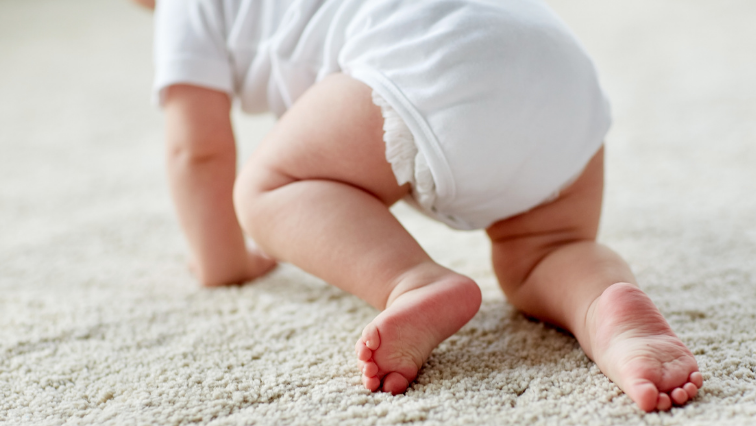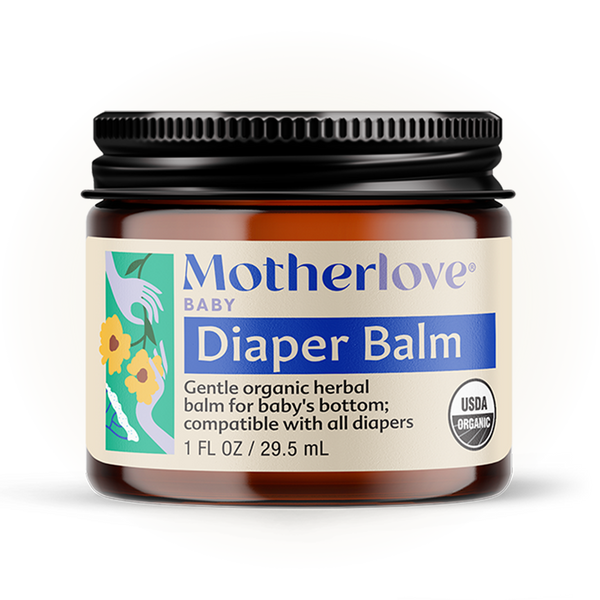Written by: Wendy Wisner, IBCLC.
I’m not sure anyone thinks about poop as much as a new parent does. You might not have expected to be inspecting each and every one of your baby’s diapers, but it’s something that many of us find ourselves doing. This is especially true if you are breastfeeding and trying to discern whether your baby is getting enough milk.
There is nothing wrong with becoming somewhat of a poop detective—and sometimes, our baby’s poop can give us helpful information about what is going on with them and how breastfeeding is going. But scrutinizing your baby’s poop too much can cause unnecessary stress. The fact is, baby’s poop changes all the time, and most of the changes are relatively innocuous.
Let’s take a look at what your baby’s poop might look like and what it might mean in terms of breastfeeding and overall health.
WHAT TO EXPECT IN THE EARLY DAYS
In the first few days of life—whether your baby is breastfed or not—your baby will pass their first poop, a blackish-brownish, sticky, tarry poop called meconium. You should expect quite a bit of meconium in those first few days: this is your baby’s way of cleaning themselves out after birth, and it’s important that they do so. Colostrum, which acts as a laxative, can help your baby clear out their meconium.
At about 3-4 days after birth, you will start to feel your breasts fill up with milk, and as your colostrum changes over to mature milk, your baby’s poops will change too. During this time, you can expect your baby’s poop to be greenish/brownish in color.
By about a week after birth or so, when your milk is fully in, your baby’s poop will transition to traditional breastfed baby poop. This poop is soft, not solid. It’s yellowish in color and may contain what looks like seeds or little chunks.
As your milk supply comes in, you can tell that your baby is getting enough by looking at their poops. If they have about 3-4 poops per day, at least the size of a quarter, this is a good indication that they are getting enough milk. It’s almost important to get a weight check of your baby within the first week or two to assess their growth.
VARIATIONS IN YOUR BABY'S POOP
Again, it’s totally normal for your baby’s poop color, consistency, and even smell to change during the time you are nursing them.
The poop will change in color sometimes, from light to dark yellow, and even brown or green at times. This is all completely normal. Sometimes the poop will be seedy and chunky; other times, it will be runnier. Usually, breastfed baby poop smells pretty pleasant—it’s been described as smelling like buttermilk, and some have even described it as smelling like cupcakes or pancakes! But it’s also normal for it to smell less than pleasant at times. After all, it’s poop!
The way your baby’s poop looks and smells may have to do with what you’ve eaten. Other times it changes based on how frequently your baby has been feeding or how long it’s been since they’ve last pooped.
After the first 6-8 weeks, your baby’s pooping frequency may change, which may also change the appearance of your baby’s poop. At around this time, there is less colostrum still mixed into your baby’s poop. Since colostrum acts as a laxative, with less of it in your milk, your baby may start to poop less frequently.
Going from 3-4 poops a day to one (or fewer) a day can be alarming. At this age, babies may go many days without pooping. This is usually normal, though they may feel uncomfortable if they go for many days without pooping. When they finally poop, expect a major clean-up job. This poop might also be thicker (“like peanut butter,” is how many describe it).
DOES BABY POOP EVER INDICATE A PROBLEM?
It’s very common for your breastfed baby to have greenish poop from time to time. If this happens for a day or two and your baby is otherwise happy and healthy, there is nothing to be concerned about.
Sometimes, however, green poop may indicate a potential issue:
- When your baby’s poops are greenish and frothy, and your baby is gassy or upset, they might be getting more of your foremilk (the watery milk that comes at the beginning of the feed) than your hindmilk (the thicker, fattier milk that comes at the end of the feed). This isn’t unhealthy for your baby, but too much hindmilk can be more challenging for your baby to digest. Letting your baby finish one breast before switching to the other can help. Moms with an oversupply of milk find that offering one breast per feeding is usually enough for their baby and allows them to get to that fattier hindmilk more frequently.
- Sometimes green poop, especially when coupled with blood in the poop, rashes, gassiness, and fussiness, is the sign that your baby is reacting to something in your diet. It could be a food intolerance or allergy. The most common culprit here is dairy products, followed by soy products. If you think your baby may be reacting to something in your diet, you can try eliminating it for 2 weeks or so (that’s how long it takes for an allergen to leave your system) and see if the symptoms subside.
Anytime you see blood in your baby’s poop, you should speak to your doctor. Usually, this is from a strained poop or food intolerance, but occasionally something more serious, so it’s always important to discuss with your doctor. The same is true if you notice black poops past the newborn/meconium stage, or if you notice that your baby’s poop is white—these types of poops should be discussed with your doctor, as they may indicate other health problems like liver and malabsorption issues.
LOOKING AHEAD
If you continue breastfeeding after your baby starts solids, you will notice even more changes in your baby’s poop. At first, it will likely still look very much like “breast milk poop,” but as your baby eats more solids, their poop will become … well, more solid. Unfortunately, their poops will become more stinky as well. It’s helpful to start solids gradually, as your baby’s digestive system needs time to adjust to all the changes as well.
Overall, poop is definitely not fun—you will be changing thousands of diapers in your baby’s first few years of life!—but it’s also nothing to stress about too much. It’s good to have a general idea of what the changes in your baby’s poop might mean. But once your baby is past the first few weeks and breastfeeding is going smoothly, you don’t have to be so much of a “poop detective” any longer.





